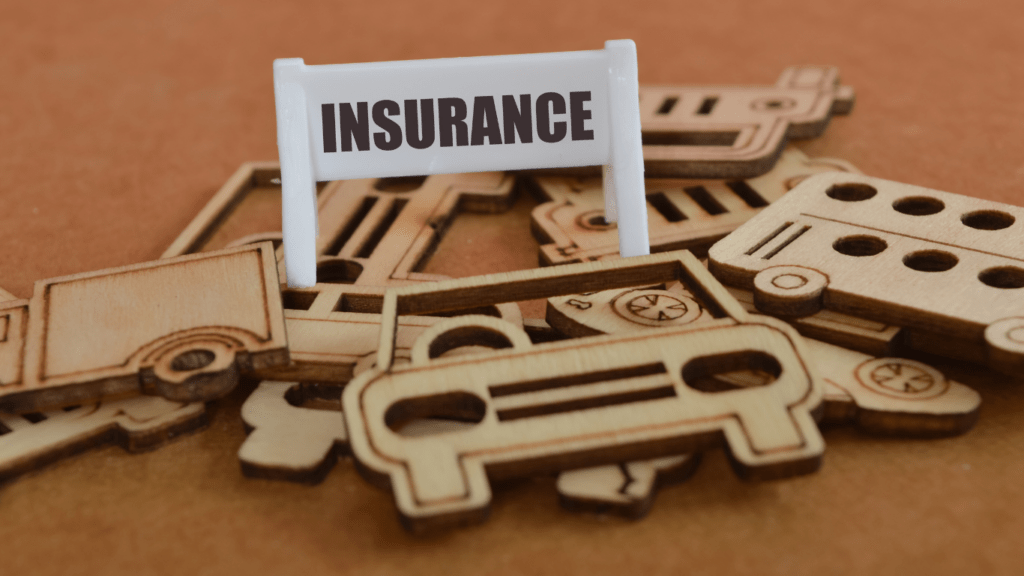Understanding Auto Insurance Basics
Knowing the fundamentals of auto insurance helps make informed decisions when selecting a policy. This section focuses on defining auto insurance and its key components.
What Is Auto Insurance?
Auto insurance protects against financial loss resulting from traffic accidents and theft. Policies cover liability, collision, and comprehensive damages. State regulations often mandate minimum coverage levels. For example, liability coverage pays for damages to others if you’re at fault.
Key Components of an Auto Insurance Policy
Several components form an auto insurance policy, each designed to cover specific risks.
Liability Coverage
- Bodily Injury Liability: Covers medical expenses and lost wages for people injured in an accident you cause.
- Property Damage Liability: Pays for damage to another person’s property resulting from an accident you’re responsible for.
Collision Coverage
- Pays for repairs to your vehicle after a collision, regardless of fault.
- Typically required if you’re financing or leasing your vehicle.
Comprehensive Coverage
- Covers non-collision-related damages like theft, vandalism, or natural disasters.
- Often required for financed or leased vehicles.
Personal Injury Protection (PIP)
- Covers medical expenses for you and your passengers, regardless of fault.
- Can include lost wages and other related costs.
Uninsured/Underinsured Motorist Coverage
- Protects you if you’re in an accident with a driver who doesn’t have sufficient insurance.
- Covers medical expenses and property damage.
Medical Payments Coverage (MedPay)
- Pays for medical expenses resulting from an accident, regardless of fault.
- Often includes hospital visits, surgery, and rehabilitation costs.
Each component serves a distinct purpose, ensuring various scenarios are covered. By understanding these basics, you can better tailor your policy to meet your needs.
Factors to Consider When Choosing Auto Insurance

Selecting the right auto insurance involves evaluating various factors to ensure you get optimal coverage and value.
Assessing Your Insurance Needs
Determine your specific insurance needs before choosing a policy. Consider vehicle value, driving habits, and budget. For instance, if you drive an older car, collision coverage might not be necessary.
High-mileage drivers may benefit from comprehensive coverage, while occasional drivers might prefer minimum liability coverage.
Understanding Insurance Coverage Types
Familiarize yourself with different coverage types. Liability coverage pays for damages you cause to others, while collision covers repairs to your car after an accident.
Comprehensive coverage handles non-collision-related damage like theft or natural disasters. Personal Injury Protection (PIP) covers medical expenses, and uninsured/underinsured motorist coverage helps if you’re hit by someone with insufficient insurance.
Medical payments coverage also addresses medical costs irrespective of fault.
Importance of Insurance Company’s Reputation
- Evaluate the insurer’s reputation when selecting a policy.
- Look for customer reviews, financial ratings, and claim handling efficiency.
- Companies with strong reputations often provide reliable coverage and superior customer service.
- Insurers rated highly by J.D. Power and A.M. Best indicate stability and positive customer experiences.
How to Compare Auto Insurance Policies
Comparing auto insurance policies ensures you find the best coverage for your needs. Look at various factors to make a well-informed decision.
Comparing Costs and Benefits
Evaluate both the costs and benefits of different insurance policies. Start by obtaining quotes from at least three reputable insurers.
Compare the premiums, deductibles, and coverage limits. For example, analyze the cost of liability, collision, and comprehensive coverage across different providers.
Assess additional benefits like roadside assistance or rental car coverage. Ensure the policy offers good value for the price by balancing comprehensive coverage with a reasonable premium.
Reading the Fine Print: What to Look Out For
Examine the details in each policy closely. Pay attention to exclusions and limitations. Check for coverage gaps that might leave you exposed.
Look for terms related to claim processing times and customer service quality. Review conditions around policy cancellations or modifications.
Ensure you understand the insurer’s criteria for premium increases, such as accident history or traffic violations. Confirm if policy terms meet your state’s minimum insurance requirements.
Reading the fine print helps avoid unexpected surprises and ensures you get the coverage you expect.
Tips for Saving on Auto Insurance
There are several strategies to reduce auto insurance costs without sacrificing coverage. Implementing these tips helps ensure you’re making informed decisions.
Discounts and How to Qualify for Them
Insurance companies offer various discounts that can substantially lower premium costs. To qualify for these discounts, maintain a clean driving record. Many insurers provide lower rates for drivers without accidents or violations over the past three to five years.
Another common discount comes from bundling. Combining auto insurance with other policies like home or renters insurance results in reduced rates. Check if your insurer provides multi-policy discounts to benefit from lower overall costs.
Opting for paperless billing and enrolling in auto-pay programs often leads to additional savings. Insurers encourage electronic transactions and reward customers who choose these options with discounts.
Finally, low mileage discounts benefit those who drive less than the average annual mileage. If you use your vehicle infrequently, notify your insurer to determine if you’re eligible.
When to Consider Increasing Deductibles
A higher deductible means you pay more out-of-pocket in the event of a claim, but it often results in lower premiums. If you can afford a higher upfront cost when filing a claim, consider raising your deductible to save on monthly premiums.
Weigh the potential savings against the risk of higher out-of-pocket expenses. Evaluate your financial situation to ensure you have sufficient funds to cover the deductible if an accident occurs. By balancing the immediate cost savings with your ability to cover future expenses, you can make an informed choice about adjusting your deductible.
Assess these options and continually review your policy to identify further opportunities for savings.

